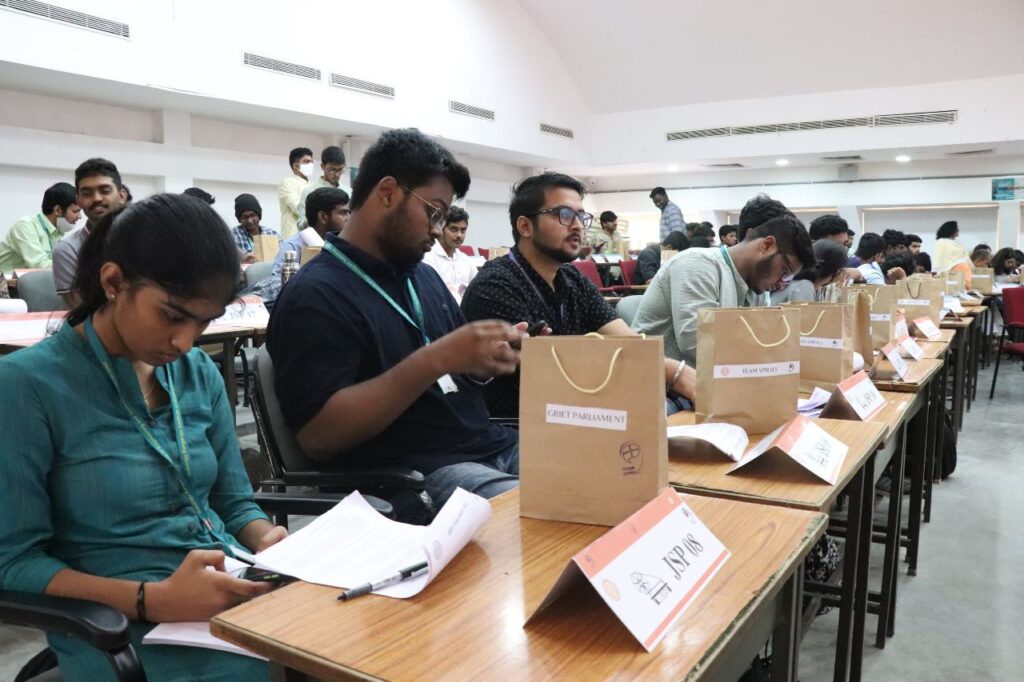The Indian Contract Act, of 1872 primarily governed the employment contract in India. An employment agreement is a mutual contract between the Employee and the employer that rules the terms of employment. Like any other agreement under the standard law system, the vital requirements of the employment contract letter include an offer, consideration, acceptance, lawful object, competent parties, and free consent. Legally Binding In India: Employment Bond Employment bonds are employment contracts with a negative covenant. Under the Indian Regulation, employment contracts with negative covenants are legal and legally enforceable if the parties settle with their free consent, i.e. without coercion, fraud, mistake, undue influence, and misrepresentation. The Indian courts have held that in the incident of a breach of Contract by the Employee. The employer should be allowed to recover damages only if the company had substantial expenses. Indian law mandates the employment bonds to be “rational” and legal. The term rational remains undefined anywhere in Indian law, so the courts have given meaning to “rational” depending on the circumstances and facts of the cases. The intention which has emerged till now is that conditions specified in the Agreement should be essential to protect the company’s interest and compensate for the loss reasoned by the break of the Contract. Also, the penalty or obligatory employment period agreed upon should not be exorbitant. Legal Implications of Employment Contracts in India An employment contract sets out the terms and conditions of employment, including salary, working hours, job duties, and benefits. It also includes provisions regarding termination of employment, notice periods, and non-compete clauses. The legal implications of employment contracts in India are significant and have to be taken seriously by both employers and employees. From the employee’s point of view, it is essential to carefully review and understand the terms of the employment contract before signing. Employees should read the contract thoroughly, negotiate the terms if necessary, seek legal advice if required, and understand the consequences of a breach before signing the agreement. While employment contracts provide protection to employees by outlining their rights and obligations, they also create legal obligations for both the employer and the employee. Employers are required to provide the agreed-upon terms and conditions, while employees must fulfill their job duties. Termination of employment is a crucial aspect of an employment contract, and the contract specifies the grounds for termination of employment and the notice period required. Employers must comply with these provisions when terminating an employee’s contract, failing which the employee can challenge the termination in court. Non-compete clauses are also included in some employment contracts to restrict employees from working for competing companies after leaving their current employer. Non-compete clauses are legally enforceable in India if they are reasonable and necessary to protect the employer’s legitimate business interests. Employee Bond in India An employee bond is a legal agreement between an employer and an employee that requires the employee to work for the employer for a specified period. Employee bonds are common in certain industries, such as IT and BPOs, where companies invest heavily in employee training. While employee bonds are legally valid in the court of law in India if they are reasonable and do not violate any laws, they have been controversial in India, with many experts criticizing them for being exploitative and restrictive. From an employee’s perspective, it is essential to understand the terms of the employee bond before signing. The bond must be in writing, and the employee must sign it voluntarily. The bond must specify the duration of the bond, the compensation payable if the employee breaches the bond, and the reasons for the bond. If employees violate any of the terms of the employee bond, they may be subject to penalties or legal action. From the employer’s perspective, employee bonds can be a useful tool for retaining employees and preventing them from leaving for better opportunities. However, employers cannot use employee bonds as a tool to exploit or unfairly restrict employees. If an employer breaches the terms of the employee bond or violates any employment laws, employees may be able to take legal action against the employer. What are the main clauses and terms of an employment contract? We’ve compiled a list of the most crucial phrases and conditions that should be included in the contract. Though this list is thorough, an employer or organisation can always add additional terms and conditions to protect their employer’s interests. Parties– Both the employer and the employee are parties to the agreement, and both must sign it. Location of Work- The place where the employee will be working should be specified in the agreement. Effective Date– The effective date is the date on which the agreement takes effect; in this case, the employee’s joining date will be used as the effective date. Working Hours and Job Timings- The agreement should explicitly outline the working hours and work timings. Job Description- The agreement should contain the key responsibilities that the employee will be responsible for, as well as the job description that was included in the offer letter that was provided to the employee. Details about the department in which the employee will be working, as well as information about his trainer/reporting head, should be included. Legal policy- The details of the public holidays and paid leaves an employee is entitled to within a year should be included in the leave policy. Probationary Period- At the start of the job, a probationary period may be agreed upon. The probationary period cannot exceed six months. In a fixed-term job, the probationary period cannot be longer than half the duration of the contract. Employees are paid their regular salaries throughout this time. Remuneration- The gross wage that is being offered to the employee must be specified in the agreement. Any salary deductions, such as taxes, insurance, and so on, must be indicated in the contract. The mechanism of reward payment must be agreed upon by both parties. Notice Time- Both the employer and the employee must be given a notice period. Neither party should






